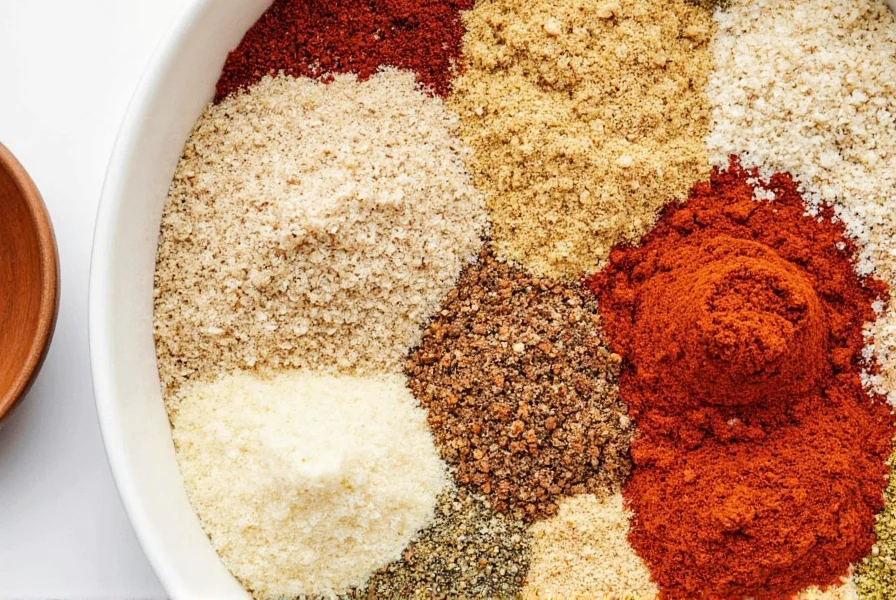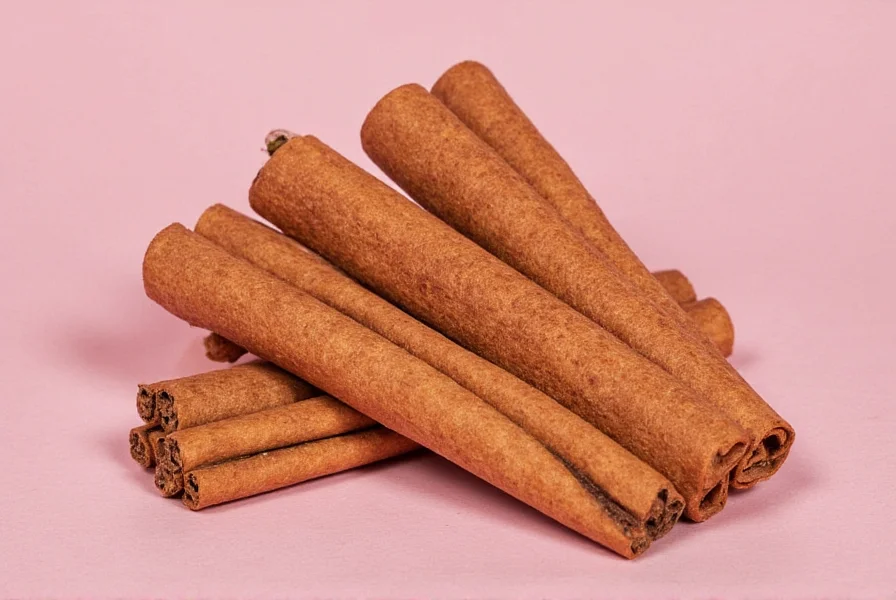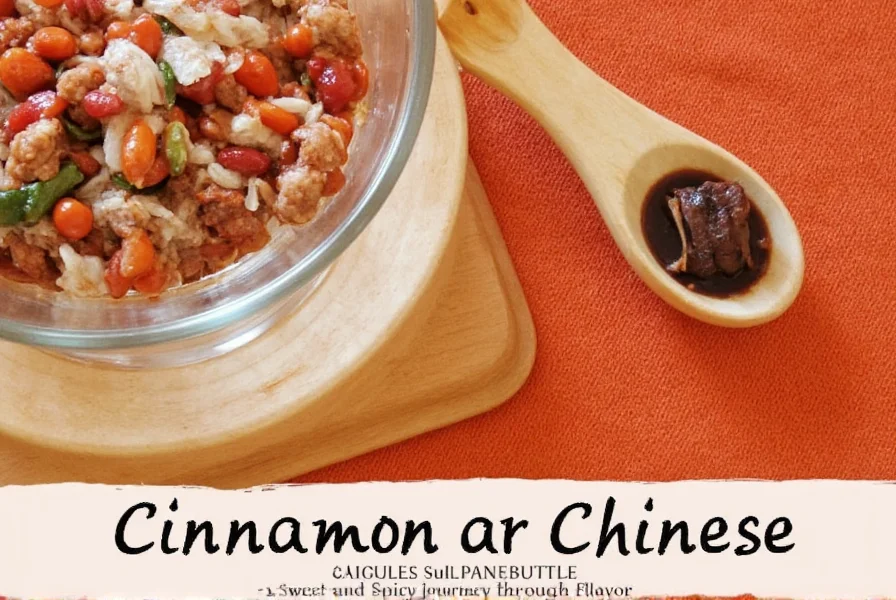Table of Contents
What is Cinnamon Called in Chinese?
Cinnamon is called 肉桂 (ròu guì) in Chinese. This name literally translates to "meat cinnamon," reflecting traditional Chinese medicine beliefs that its warming properties resemble those of meat. Unlike Western usage focused on flavor, Chinese culture emphasizes cinnamon's therapeutic role in balancing body energy.

Cultural Significance of Cinnamon in China
In Chinese tradition, cinnamon symbolizes warmth, prosperity, and healing. It's deeply integrated into cultural practices beyond culinary use:
- Lunar New Year: Used in festive dishes to represent good fortune and family warmth
- Traditional Medicine: Considered a "yang" (warming) herb to balance "cold" conditions
- Symbolism: Represents longevity and vitality in Daoist philosophy

Traditional Uses in Chinese Medicine and Cuisine
Cinnamon's role in Chinese culture is primarily therapeutic, with culinary applications secondary:
Traditional Chinese Medicine (TCM)
- Primary Function: Warms the body, improves circulation, and aids digestion
- Common Applications: Used in herbal formulas for cold-related ailments, menstrual discomfort, and fatigue
- Preparation: Typically simmered in decoctions or powdered for medicinal teas
Culinary Applications
- Five-Spice Powder: A key component (alongside star anise, fennel, Sichuan pepper, and cloves)
- Braised Dishes: Essential in red-braised pork (hong shao rou) and other slow-cooked meats
- Herbal Soups: Added to tonics for winter wellness

| Type | Description | Best For |
|---|---|---|
| Ceylon Cinnamon | Milder, sweeter flavor; thin, delicate sticks | Sweet desserts, delicate sauces |
| Cassia Cinnamon | Stronger, more pungent flavor; thicker sticks | Traditional Chinese medicine, savory dishes |
Selecting Authentic Chinese Cinnamon
When purchasing for authentic Chinese applications:
- Look for Cassia: Chinese cuisine and TCM primarily use Cassia (Cinnamomum cassia), not Ceylon
- Check Origin: Authentic Chinese cinnamon comes from Guangxi or Yunnan provinces
- Visual Cues: Dark reddish-brown color with rough, layered bark
- Aroma Test: Should smell warm, spicy, and slightly sweet without mustiness

Frequently Asked Questions
Why is cinnamon called "meat cinnamon" in Chinese?
The name 肉桂 (ròu guì) comes from traditional Chinese medicine beliefs. "Meat" (肉) refers to its warming properties similar to meat-based foods, which are considered "yang" (heating) in TCM theory. This distinguishes it from other spices with cooling properties.
Is Chinese cinnamon different from Western cinnamon?
Yes. Chinese cuisine and TCM exclusively use Cassia cinnamon (Cinnamomum cassia), which has stronger flavor and higher coumarin content than Ceylon cinnamon. Western "cinnamon" often refers to milder Ceylon variety, but most grocery store cinnamon is actually Cassia.
Can I use cinnamon for medicinal purposes at home?
Yes, but with caution. Traditional Chinese medicine uses cinnamon in specific herbal formulas under professional guidance. For home use, small amounts in cooking are safe, but therapeutic doses should be supervised by a TCM practitioner due to coumarin content.
What dishes absolutely require Chinese cinnamon?
Authentic Chinese five-spice powder, red-braised pork (hong shao rou), and winter herbal tonics require Cassia cinnamon. Substituting Ceylon cinnamon will alter the traditional flavor profile significantly.
How much cinnamon is safe to consume daily?
For Cassia cinnamon (Chinese variety), the European Food Safety Authority recommends no more than 0.1 mg of coumarin per kg of body weight daily. For a 150lb person, this equals about 1 teaspoon (2.5g) of Cassia cinnamon per day. Ceylon cinnamon has significantly lower coumarin levels.
Conclusion
Cinnamon in Chinese culture transcends mere flavoring - it's a vital component of traditional medicine and cultural symbolism. Understanding its proper name (肉桂), cultural significance, and authentic applications ensures you honor its deep-rooted role in Chinese heritage. When using cinnamon for Chinese recipes or wellness practices, always prioritize Cassia variety for authentic results.












 浙公网安备
33010002000092号
浙公网安备
33010002000092号 浙B2-20120091-4
浙B2-20120091-4